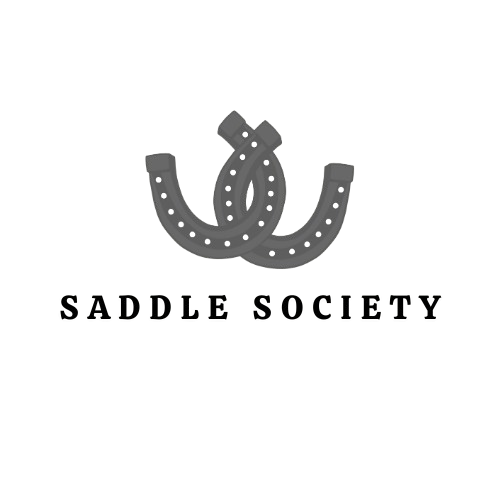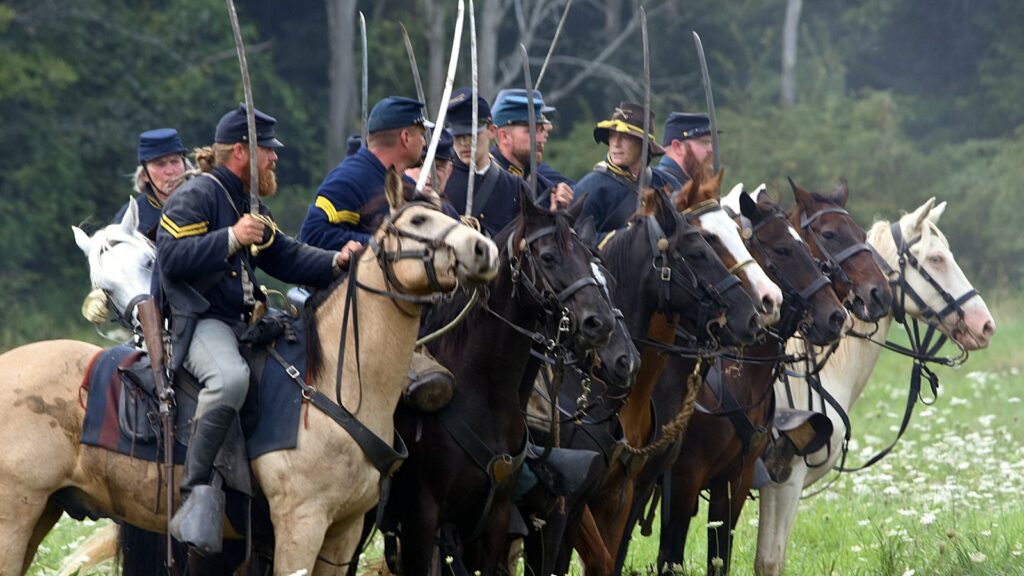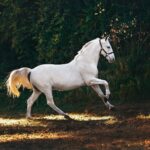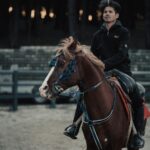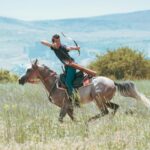In the storied relationship between humans and horses, few chapters are as complex as the tale of war horses and their transition to modern equestrian sports. These magnificent animals, once bred for the chaos of battle, now grace arenas of competition worldwide. The evolution from battlefield to show ring represents not only a change in purpose but also reflects our shifting relationship with these powerful creatures. While modern equestrian sports celebrate the athleticism and grace of horses, they also carry echoes of military traditions that shaped how we train, breed, and interact with these animals. This exploration reveals the fascinating connections between war horses of the past and the athletic equine partners of today’s competitive arenas.
The Ancient Origins of War Horses
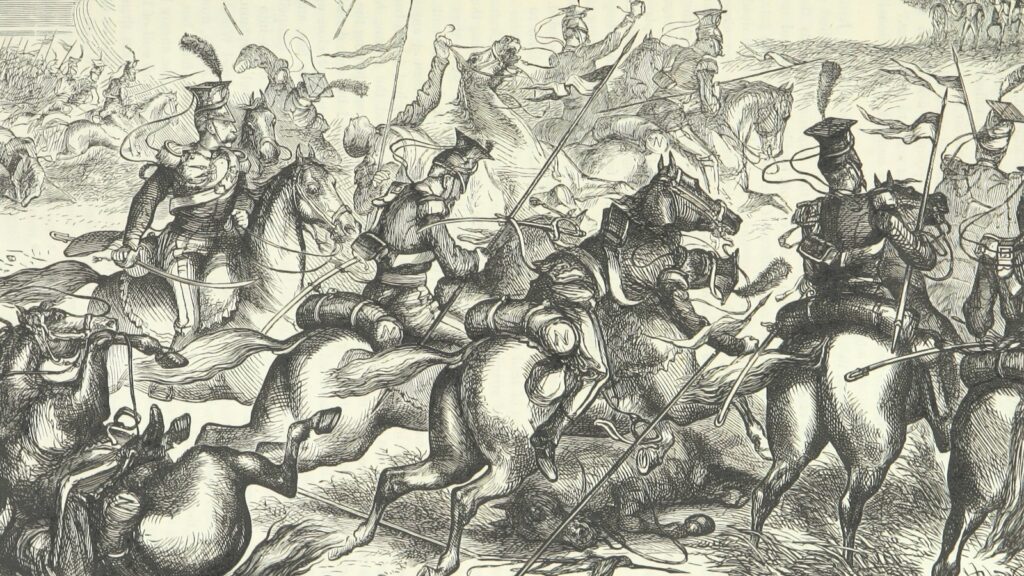
The concept of the war horse dates back thousands of years, with archaeological evidence suggesting horses were first used in warfare around 4000-3000 BCE in Eurasia. These early war horses pulled chariots rather than carrying mounted warriors, as riding techniques and appropriate tack had not yet been developed. By the Bronze Age, cultures across the Middle East, Asia, and Europe had begun breeding horses specifically for their strength, courage, and responsiveness in battle conditions. The Scythians, Hittites, and later the Persians and Greeks all developed specialized breeding programs to produce horses capable of withstanding the rigors of combat while maintaining the discipline necessary to follow commands amid chaos. These early war horses established a template for what would become centuries of selective breeding designed to enhance physical and psychological traits beneficial in conflict.
Medieval Destriers: The Ultimate War Horse
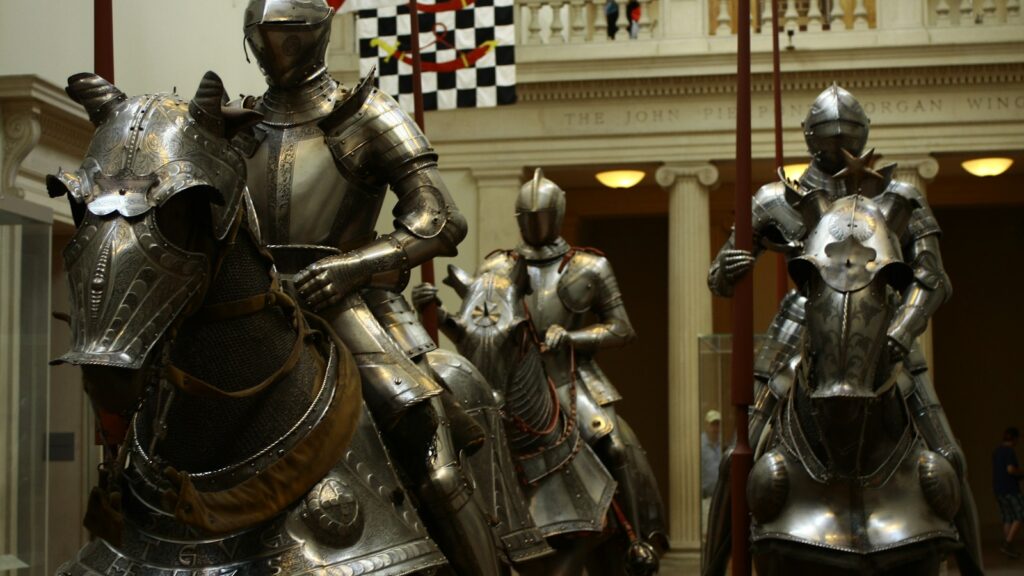
During the Middle Ages, the destrier emerged as the pinnacle of war horse breeding, becoming the equine equivalent of a medieval tank. These powerful horses, standing 15-16 hands high and weighing upwards of 1,200 pounds, carried knights in full plate armor weighing as much as 80 pounds, plus their own protective barding. Unlike the common misconception that they were cold-blooded draft horses, destriers were actually hot-blooded, spirited animals closer to today’s warmbloods, combining strength with agility and courage. Breeding destriers was an expensive, time-consuming endeavor reserved for nobility and wealthy knights, with the finest specimens often valued higher than the annual income of most villages. These horses underwent specialized training from youth, including desensitization to noise and chaos, and learning to use their own bodies as weapons—striking with hooves and even biting on command.
The Military Foundations of Dressage
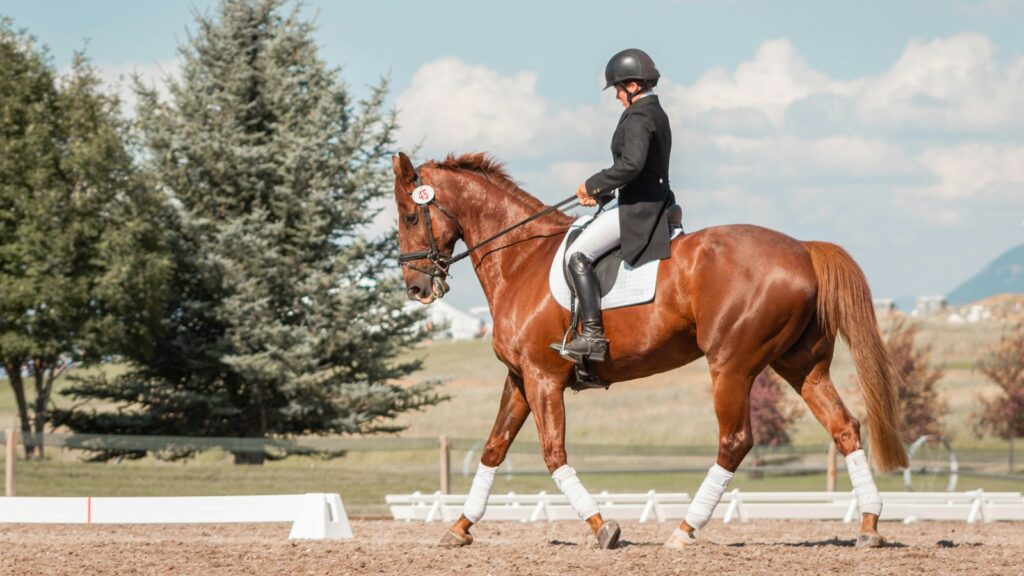
Modern dressage, with its emphasis on precision, collection, and lateral movements, has direct roots in military horse training. What spectators witness in today’s dressage arenas evolved from battlefield maneuvers designed to give mounted soldiers tactical advantages. The passage and piaffe—those elevated, cadenced trot movements that appear so elegant—originally served to keep a horse’s energy contained while maintaining readiness to explode into action. Lateral movements such as the half-pass allowed cavalry to shift position while maintaining formation or to quickly position for a flanking attack. The collected canter facilitated quick direction changes essential for combat, while the extended gaits were used for rapid advances and retreats. Even the immaculate turnout traditions in dressage competition mirror military standards, where impeccable presentation reflected discipline and readiness.
Jumping’s Evolution from Military Necessity
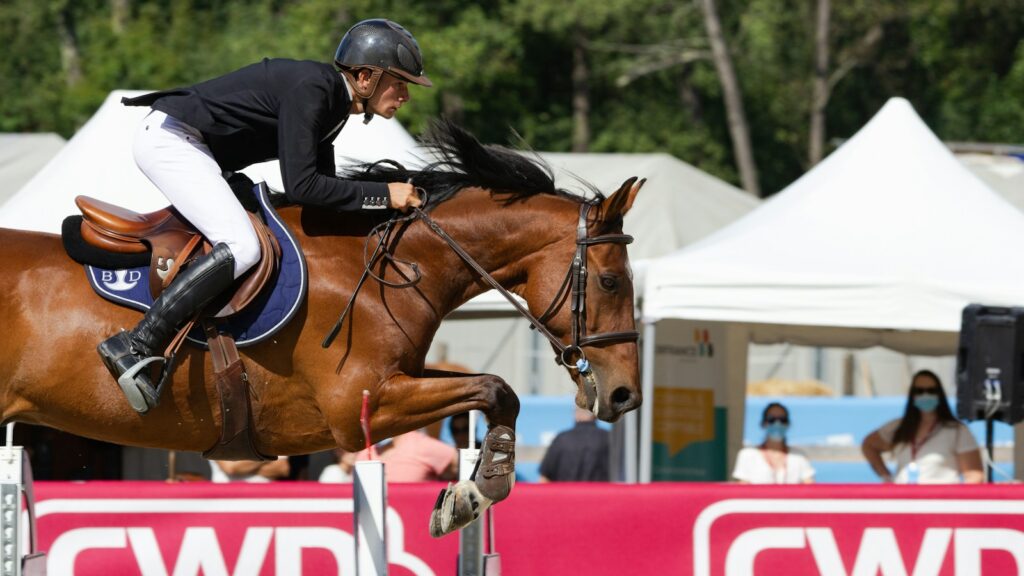
Show jumping, now celebrated for its displays of equine athleticism and human-horse partnership, began as practical training for cavalry horses that needed to navigate battlefield obstacles. The discipline formalized in the late 19th century as militaries across Europe held competitions to test their officers’ and horses’ abilities, with the first civilian competitions emerging alongside military events. Early jumping courses were designed to simulate conditions cavalry might encounter—hedges, walls, ditches, and water obstacles that might appear during cross-country maneuvers or pursuits. The forward seat jumping position, developed by Italian cavalry officer Federico Caprilli around 1900, revolutionized jumping by acknowledging the horse’s natural mechanics rather than hindering them with the previous backward-leaning approach. Military riding schools like the Spanish Riding School in Vienna and the Cadre Noir in France preserved and refined these jumping techniques before they transitioned fully into civilian sport.
The Thoroughbred’s Military Heritage
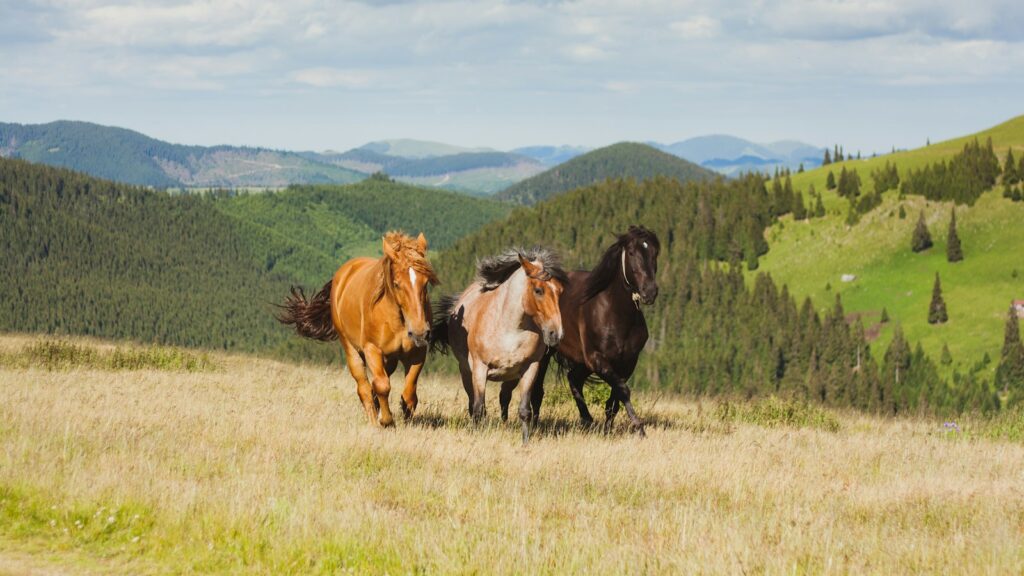
The Thoroughbred breed, dominant in racing and influential across multiple equestrian disciplines, owes its existence to military needs as much as to sporting desires. Developed in England during the 17th and 18th centuries, Thoroughbreds resulted from crossing native English mares with imported Arabian, Barb, and Turkoman stallions—all breeds valued for their warfare capabilities in the Middle East and North Africa. These “Oriental” stallions were often acquired specifically as military prizes or diplomatic gifts exchanged between rulers, carrying with them centuries of selective breeding for combat performance. The speed, endurance, and heart that make Thoroughbreds exceptional athletes were traits originally valued for cavalry charges and long military campaigns. Early Thoroughbred bloodlines were maintained in studbooks where the horses’ “courage” and “gameness”—traits essential in battle—were recorded alongside their racing performances, creating a breed that excelled in both warfare and sport.
Eventing: The Most Military-Derived Discipline
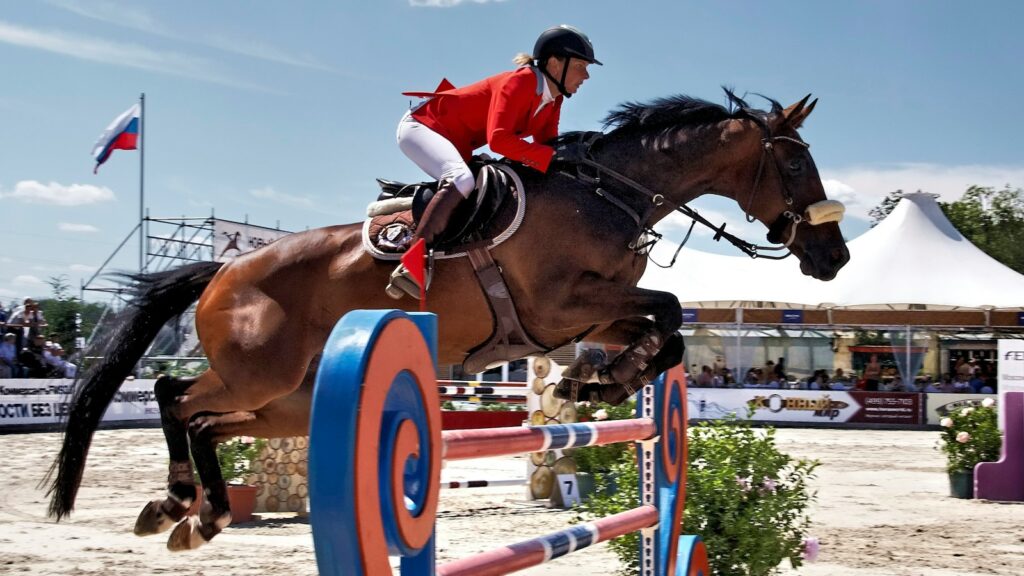
Three-day eventing—comprising dressage, cross-country, and show jumping phases—remains the most transparent example of warfare-derived equestrian sport. Originally called “The Military,” this competition was designed specifically to test cavalry horses and officers on all skills needed for warfare. The dressage phase demonstrated the horse’s training and obedience needed for formation riding and battlefield maneuvers. Cross-country tested endurance, courage, and the ability to navigate varied terrain at speed while overcoming natural obstacles that might be encountered during reconnaissance or messenger missions. The show jumping phase, traditionally held last, assessed whether the horse remained sound and obedient after the exhaustion of the previous tests—mirroring a cavalry horse’s need to perform reliably even after days of hard campaigning. Until the 1950s, eventing remained primarily a military sport, with Olympic teams composed almost exclusively of army officers competing on military-owned horses.
Psychological Traits: From Battle to Competition
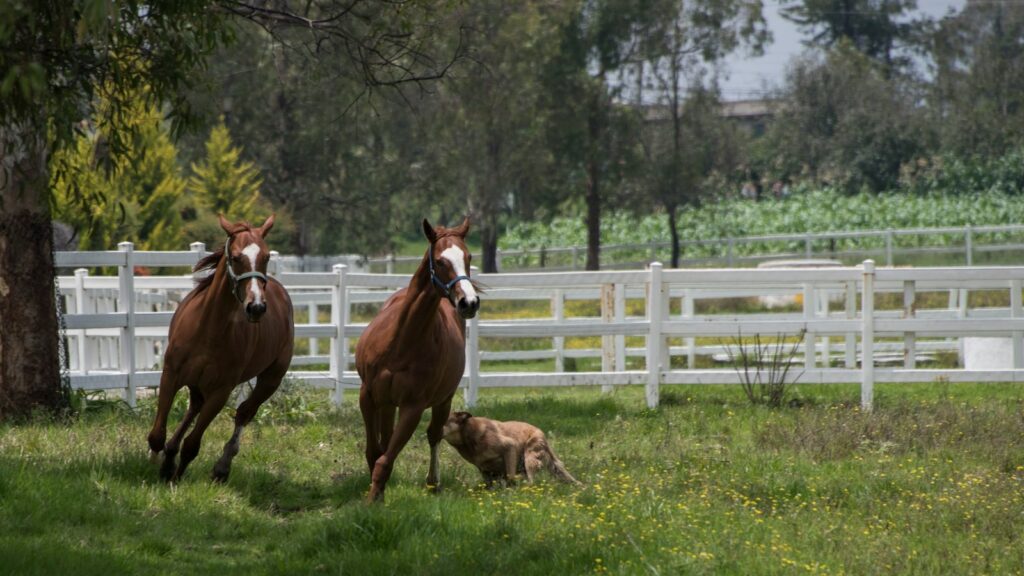
The psychological characteristics prized in modern sport horses bear striking similarities to those required in their war-horse ancestors, though refined for contemporary competitive environments. Courage—the willingness to face intimidating obstacles or situations—remains essential whether approaching a maximum-height oxer or ancient enemies on a battlefield. Trainability and intelligence, crucial for learning complex dressage movements, were equally vital for war horses that needed to understand and execute precise commands amid chaos. The concept of “heart” or determination that eventers value in horses tackling grueling cross-country courses directly parallels what medieval knights sought in mounts that would continue fighting despite wounds or exhaustion. Perhaps most importantly, modern sport horses require the same trust-based partnership with humans that allowed war horses to override their natural flight instinct and instead stand firm or charge forward in terrifying conditions—a psychological trait carefully cultivated through selection across centuries.
The Physical Evolution of Competition Horses
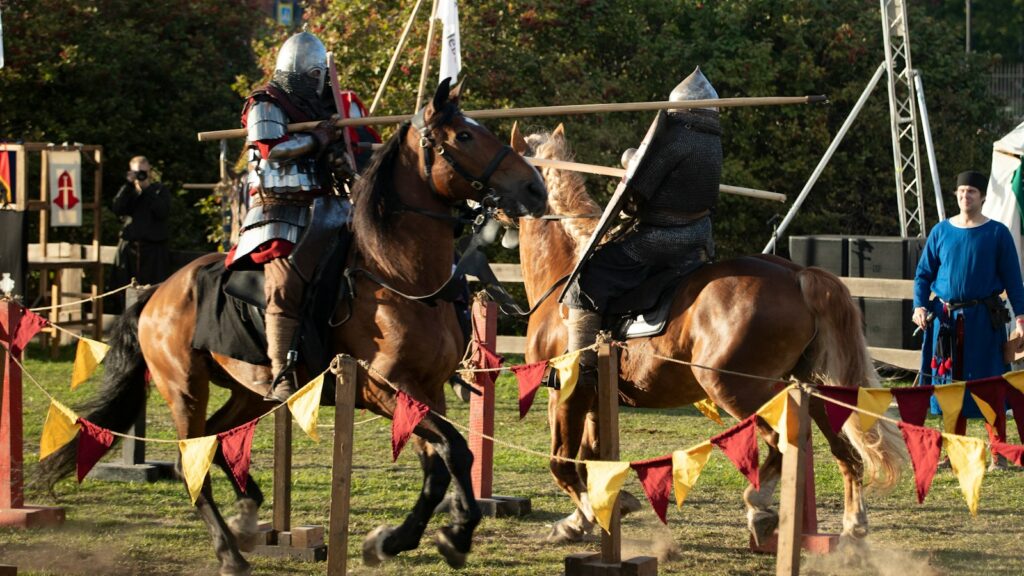
Today’s sport horses display physical characteristics that have been modified from their war horse ancestors to meet specialized competitive demands. Where medieval destriers required broad shoulders and powerful hindquarters to carry heavily armored knights, modern dressage horses feature more upright shoulders that facilitate elevated front-leg action and engaged hindquarters that power collected movements. Show jumpers have evolved toward rangier builds with more angled shoulders and powerful, springy hindquarters optimized for clearing obstacles rather than carrying weight. Perhaps the most striking evolution appears in event horses, which have transformed from the stocky, sturdy cavalry mounts of the early 20th century to today’s more refined athletes with Thoroughbred influence providing the stamina and speed needed for modern cross-country courses. Across all disciplines, selective breeding has refined what were once battlefield necessities into physical traits that maximize competitive advantage in specialized sporting contexts.
Breeding Programs: From Cavalry Remounts to Sport Horses
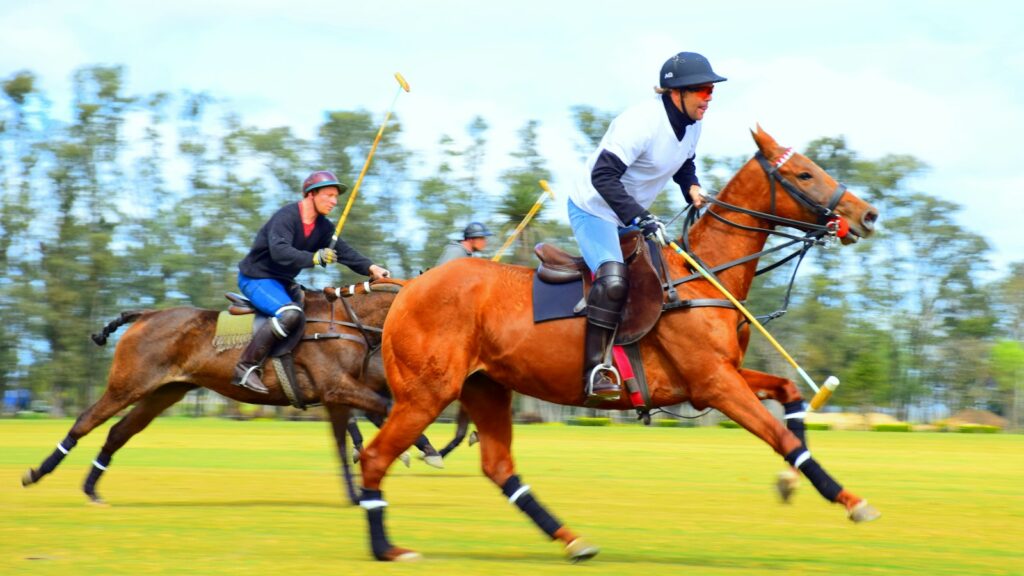
The transition from military horse breeding to sport horse production offers a fascinating window into changing human priorities. National studs and breeding programs established across Europe primarily for military purposes—such as Germany’s Trakehner and Hanoverian programs, France’s Selle Français, or Ireland’s Irish Draught—now focus exclusively on producing horses for competition and recreation. These programs maintained detailed studbooks and performance testing long before sport applications became primary, creating invaluable genetic resources that eased the transition to civilian purposes. After World War II, when mechanization made cavalry obsolete, these breeding programs faced existential crises resolved only by pivoting toward sport horse production. The warmbloods that dominate international competition arenas today represent direct descendants of cavalry remount programs, with breeding goals shifting from military utility to competitive success but maintaining the same emphasis on temperament, soundness, and trainability that served military purposes for centuries.
Tack and Equipment: Military Origins
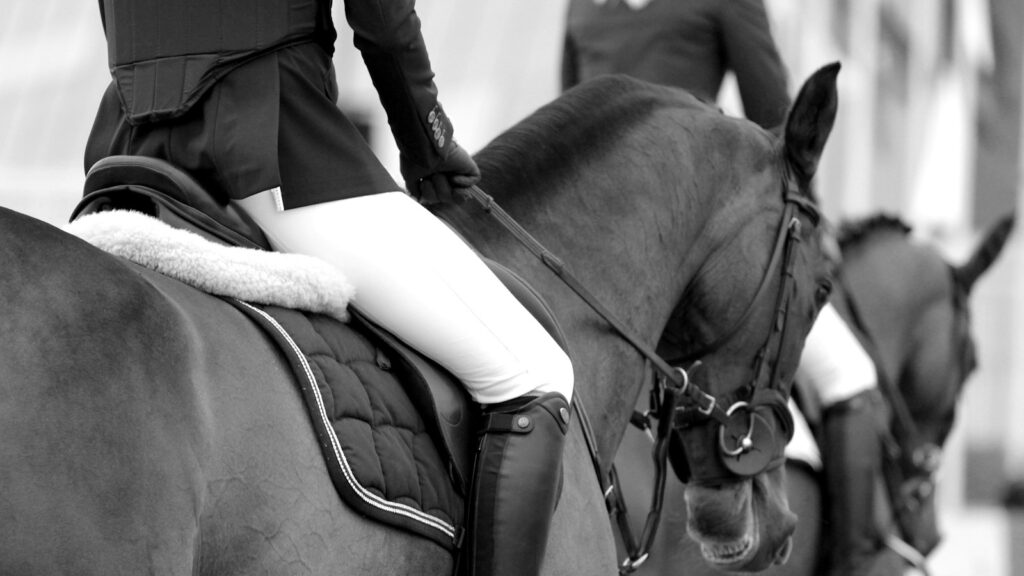
Much of the equipment used in modern equestrian sports reveals direct connections to military necessities, though often modified for competitive purposes. The double bridle used in upper-level dressage, with its curb and snaffle bits providing precise control, originated from cavalry needs to execute quick maneuvers with minimal hand movement while keeping one hand free for weapons. Traditional hunt-seat saddles evolved from military saddles designed to distribute weight evenly while allowing riders to rise out of the seat for long periods of posting trot on patrol or reconnaissance. Even the formal attire worn in competition—from tall boots to structured coats—derives from military uniforms, with elements like stock ties originally serving practical functions as field bandages in emergencies. These military-derived equipment traditions persist not merely from tradition but because they solved practical problems of horse-human communication and physical function that remain relevant in competitive contexts.
Ethical Considerations in Post-War Horse Training
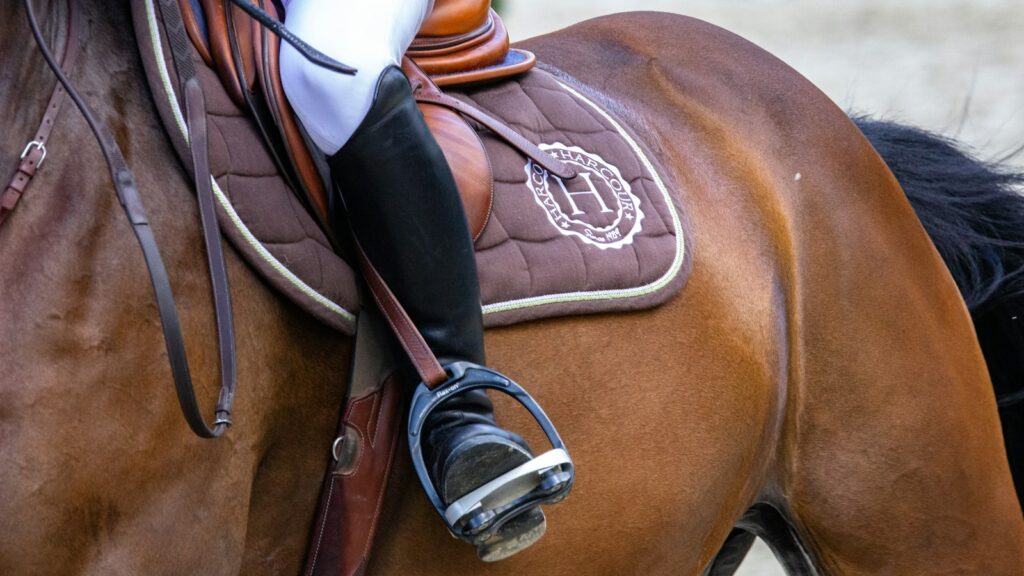
The evolution from military to sport purposes has brought significant ethical reconsideration of how horses are trained and managed. Traditional military horse training often employed methods focused on dominance and compliance necessary for battle conditions where instant obedience could determine survival. Modern sport horse training has gradually shifted toward partnership-based approaches that recognize the horse’s cognitive and emotional needs while still developing the precision and reliability needed for competition. This ethical evolution reflects both increased scientific understanding of equine cognition and welfare and the luxury of training contexts where immediate compliance is no longer literally life-or-death. Nevertheless, tensions remain between competitive pressures and welfare considerations, with debates continuing about appropriate training techniques, equipment, and competitive demands—especially in high-level sport where the military-derived emphasis on performance under pressure remains intense.
Preserving Military Equestrian Traditions
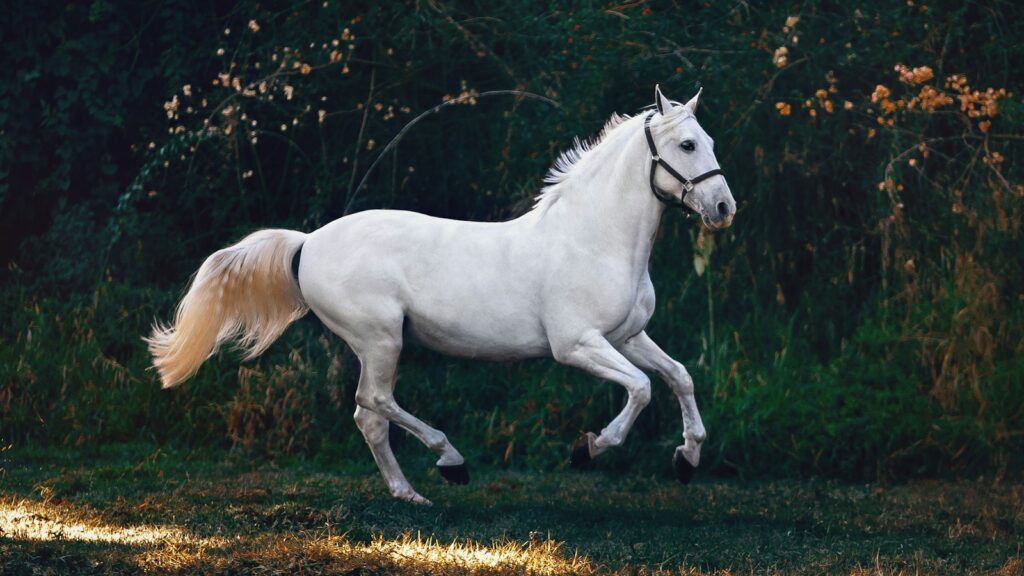
Several prestigious institutions around the world actively preserve the military equestrian heritage that forms the foundation of modern horse sports. The Spanish Riding School in Vienna continues training Lipizzaner stallions in “high school” classical dressage movements that evolved directly from battlefield maneuvers dating back to the Renaissance. France’s Cadre Noir at Saumur maintains similar traditions, preserving the haute école movements once essential for cavalry officers while training modern sport horse competitors. The Royal Canadian Mounted Police Musical Ride performs intricate cavalry drills that demonstrate the precision formations once used in battle, while ceremonial units like the Household Cavalry in Britain maintain turnout and equitation standards derived directly from their historical battlefield roles. These institutions serve as living museums connecting modern equestrians to the martial origins of their sports while maintaining knowledge that might otherwise be lost as equestrian practice continues to evolve away from its military foundations.
The Future: Sport Horses Further From Their Warrior Past
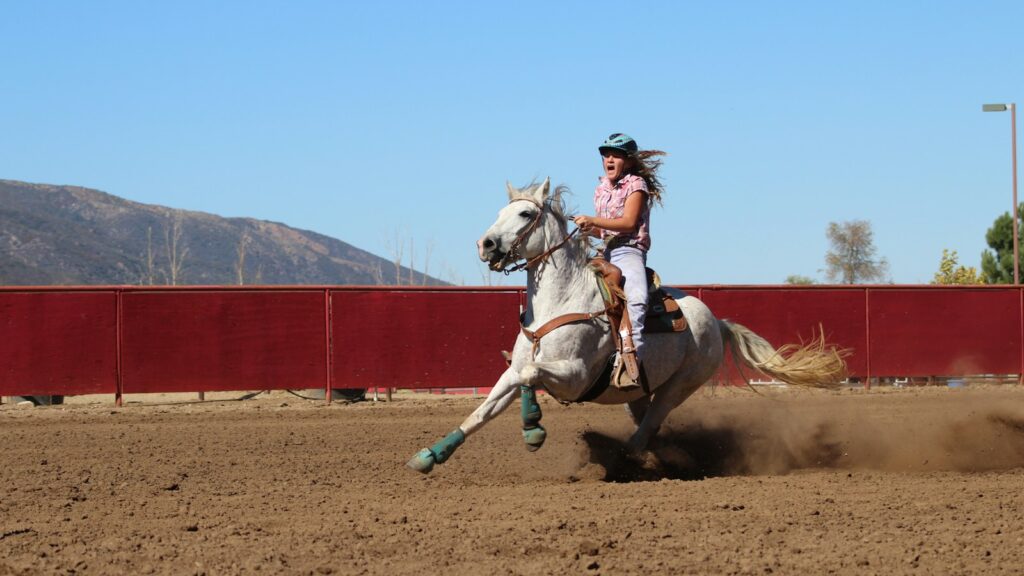
As equestrian sports continue evolving into the 21st century, horses move increasingly further from their war horse heritage in both form and function. Specialized breeding for specific disciplines creates ever more differentiated types, with dressage horses, show jumpers, and eventers becoming distinct populations rather than versatile military mounts capable of multiple functions. Genomic selection and reproductive technologies accelerate this specialization, allowing breeders to select for highly specific traits that enhance competitive advantage rather than battlefield utility. Training methodologies increasingly incorporate findings from equine learning theory and biomechanics research rather than relying on traditional military-derived techniques. Despite these changes, the core relationship between human and horse in equestrian sport remains remarkably similar to that of soldiers and their mounts throughout history—a partnership based on communication, trust, and shared purpose that transcends the specific context in which it occurs.
conclusion
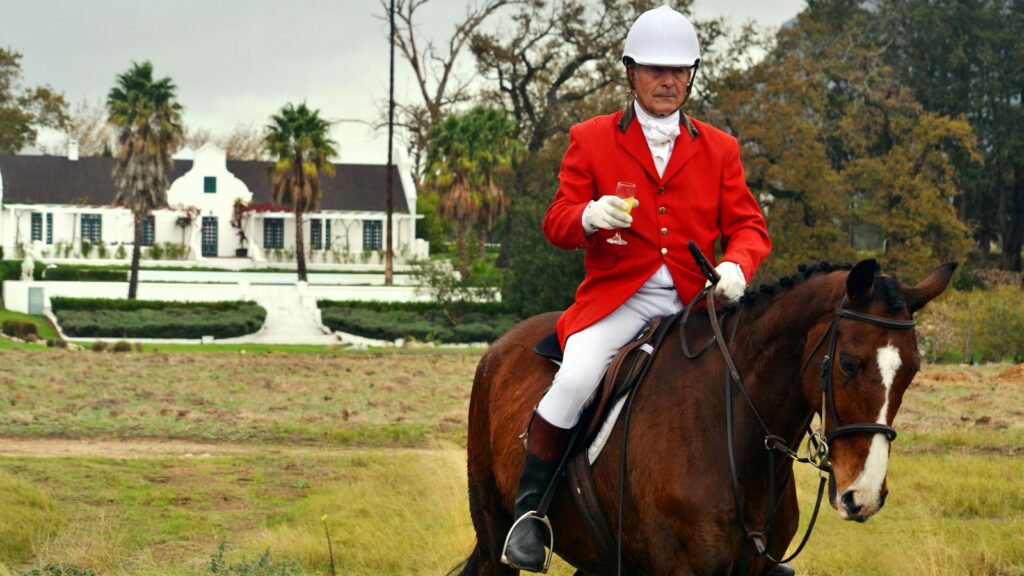
The transition from war horse to sport horse represents one of the most successful repurposing stories in the human-animal relationship. Today’s dressage arenas, show jumping courses, and cross-country fields showcase animals whose ancestors carried warriors into battle but who now channel that courage, athleticism, and partnership into peaceful competition. While modern equestrian sports continue evolving away from their military origins, understanding this heritage provides valuable context for appreciating the traditions, techniques, and horse breeds that dominate competition. As we marvel at the beauty and precision of today’s equestrian performances, we glimpse echoes of a time when these same movements and qualities served not sporting glory but survival on battlefields across history—a testament to the remarkable adaptability of both horses and humans in their enduring partnership.
